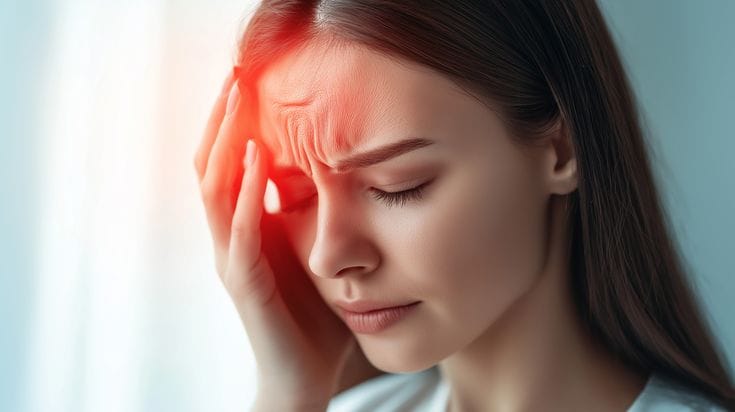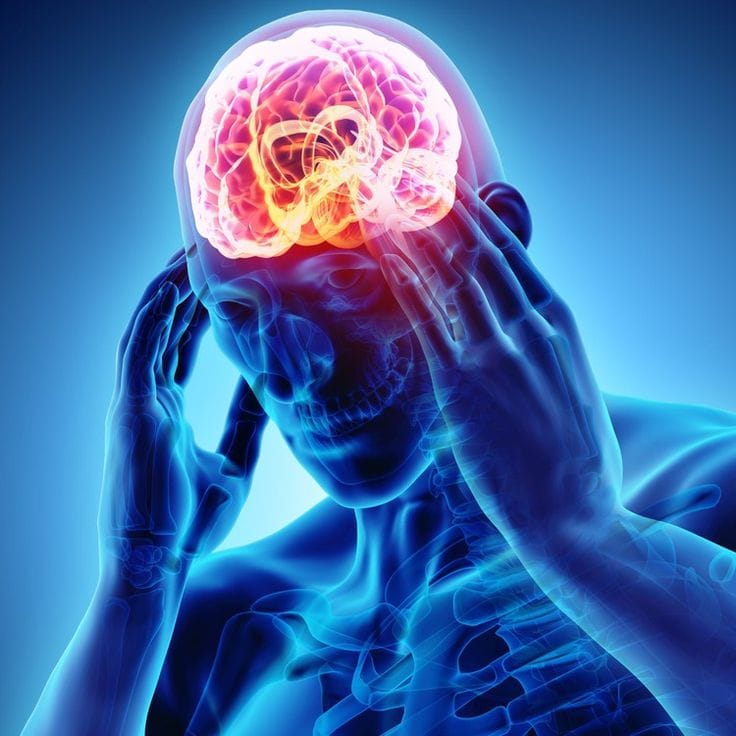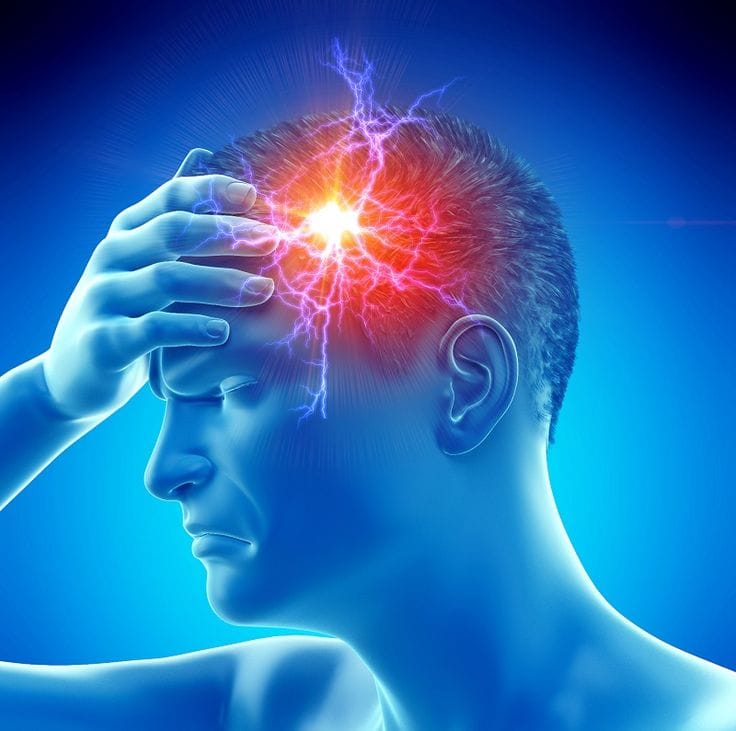Migraine: Causes, Symptoms, and Natural Treatment Methods

Migraine
Migraine is a neurological condition characterized by periodic, intense headaches that typically involve one side of the head. Associated features include nausea, vomiting, and sensitivity to light and sound. This is as compared to an ordinary headache because a migraine can take numerous hours or maybe days and disable a person drastically in some instances further to intense complications.
The Impact of Migraines on Personal and Social Life
Migraines can lead to major interruptions in daily routines, working productivity, and social relationships. A lot of people grappling with migranes find it tough to complete tasks, show up for social events, or even keep a regular work schedule; this could accordingly be a source of frustration, stress, and even mental health issues such as anxiety and depression.
” Migraine vs. Regular Headache: Understanding the Difference “
Though a regular headache may be mild and short-lived, migranes are masses more intense and usually come with the alternative signs and symptoms of aura, throbbing pain, and increased sensitivity to light and sound. The differences are crucial for correct prognosis and treatment.
Causes of Migraines

Genetic Factors
Research, of course, already indicated the strong genetic factor of migraines. Suppose one parent, or each of them, is a migraine sufferer; in that case, the probability that their children will suffer migraines as well is significantly higher. Certain genes related to the function of the brain and processing of pain may also make some individuals more susceptible to eventually developing migaines.
Environmental Triggers
External factors such as colorful lights, strong odors, and loud noises are some of the triggers of migraine attacks. Also, changes in weather, atmospheric pressure, or even seasonal changes can play a role in the onset of migaines.
Hormonal Changes
Changes in hormones—most basically, in estrogen—guarantee the maximum incidence of migraine occurrence, mainly in women. Most women will be liable to experience a migraie before or during their menstrual period due to hormones. Pregnancy, in addition to menopause, will now and then determine the hyperactivity and depth of migaine activities.
Psychological Factors and Stress
Emotional stress, anxiety, or depression can trigger migraines in many people. Stress increases the body’s response to it, with more cortisol and muscle tension, leading to a headache. The poor cognitive health care may further make the migrine attacks more intense and frequent.
Lifestyle Factors: Poor Sleep and Unhealthy Diet
Lack of sleep or odd sleep styles can trigger migraines because the thoughts calls for okay relaxation to characteristic properly. Some different bad weight loss plan and avoidable dehydration plus an excessive consumption of caffeine, alcohol, or processed food can also make contributions to migraies. Such imbalances increase an individual’s risks for an assault.
Common Symptoms of Migraine
Early Warning Symptoms (Prodrome Phase)
Before a migrain attack begins, many people enjoy caution symptoms such as mood swings, meals cravings, accelerated thirst, fatigue, and neck stiffness. These signs and symptoms can appear hours or even days before the actual headache.
Aura Symptoms
Some migraine sufferers enjoy air of secrecy, which includes visible disturbances including flashing lighting, blind spots, or zigzag traces. Aura also can contain numbness, tingling sensations, or problem talking. This section generally lasts among 10 to 60 minutes before the migraie headache starts offevolved.
Main Migraine Symptoms
The primary migraine segment entails excessive, throbbing pain, frequently on one facet of the pinnacle. Other signs may additionally consist of nausea, vomiting, dizziness, and intense sensitivity to mild, sound, or smells. This section can ultimate from some hours to several days.
Duration of Migraine Attacks
Migraines can vary in period, commonly lasting among four to 72 hours. Some individuals enjoy episodic migrains, taking place now and again, at the same time as others be afflicted by chronic migraies, which happen frequently and appreciably affect daily lifestyles.
Natural Remedies for Migraine Relief
Herbal Remedies for Migraine Relief
- Ginger: This will immediately bring to mind its anti-inflammatory and pain-relieving properties helping to ease your migraine-related nausea and headache.
- Peppermint: Try peppermint tea or just inhale its essential oil to relax those muscle groups and get relief from the migraine pain.
- Lavender: Lavender oil has such a soothing effect and can cut down your anxiety levels, a key trigger for migraines.
Essential Oils in Pain Management
- Lavender Oil: Migraines can be relieved by inhaling lavender oil or applying it on the temples by cutting down the level of stress and ensuing tension.
- Peppermint Oil: Cooling effect of peppermint oil helps reduce headache when applied on the forehead and temples.
Relaxation Techniques and Stress Management
- Meditation: Mindfulness and meditation make the worrying machine in the head calm, reducing migraine occurrence.
- Deep Breathing: Controlled Breathing exercises increase the supply of oxygen to the brain and may help relax muscle groups, reducing migraine pain.
Food and Migraine Prevention: Foods That Support
- Nuts, seeds, leafy veggies, and entire grains are a few of the foods that may help you shut out migraines by supporting nerve function.
- Processed foods, caffeine alcohol, and artificial sweeteners are common triggers for migraies and should be avoided.
Does Color Therapy Diminish Light Sensitivity in Migraines?
Strong ambient light can trigger migaines in people prone to the condition. Wearing glasses with colored lenses and using dim lighting and avoiding excessive screen exposure might help reduce the frequency of migraines.
How to Prevent Migraine Attacks?

Identifying and Avoiding Triggers
Keeping a migrane diary can help individuals song ability triggers along with unique meals, strain, sleep styles, and climate changes. Avoiding these triggers can appreciably lessen the frequency of migraines.
Improving Lifestyle Habits: Sleep, Physical Activity, and Nutrition
- Sleep: Maintaining a everyday sleep time table and ensuring 7-eight hours of sleep per night time is crucial.
- Exercise: Engaging in moderate exercise like strolling or yoga can help manipulate pressure and improve blood move.
- Healthy Eating: Eating balanced meals and staying hydrated can save you blood sugar fluctuations, lowering the chance of migraines.
Effective Stress Management
- Regular Exercise: Physical interest releases endorphins, which act as herbal ache relievers.
- Deep Breathing or Yoga: Both practices assist lessen stress and promote rest, stopping migraines.
When to Seek Medical Help?
Signs That Indicate a Need for Medical Consultation
- If migraines occur often and intrude with each day existence.
- If complications get worse in depth or change in pattern.
- If symptoms including confusion, imaginative and prescient changes, or numbness occur.
Medical Treatment Options Alongside Natural Remedies
Doctors may prescribe preventive medicinal drugs, pain relievers, or triptans to control migrines. Combining scientific remedy with herbal treatments often leads to the exceptional consequences.
Prevention and Treatment Strategies
By adopting a holistic technique, such as identifying triggers, improving lifestyle habits, and managing stress, people can successfully reduce the frequency and severity of migraines.
Balancing Natural and Medical Treatments
While herbal remedies offer extensive remedy, looking for clinical guidance while vital guarantees most advantageous migaine control. A mixture of both approaches results in a more healthy and extra cushty life.
Migraines may be tough, however with the right techniques and consciousness, it is feasible to regain manage and revel in a pain-free life.
References:
Read also:
Goodbye to Joint Pain: Simple and Natural Treatments
